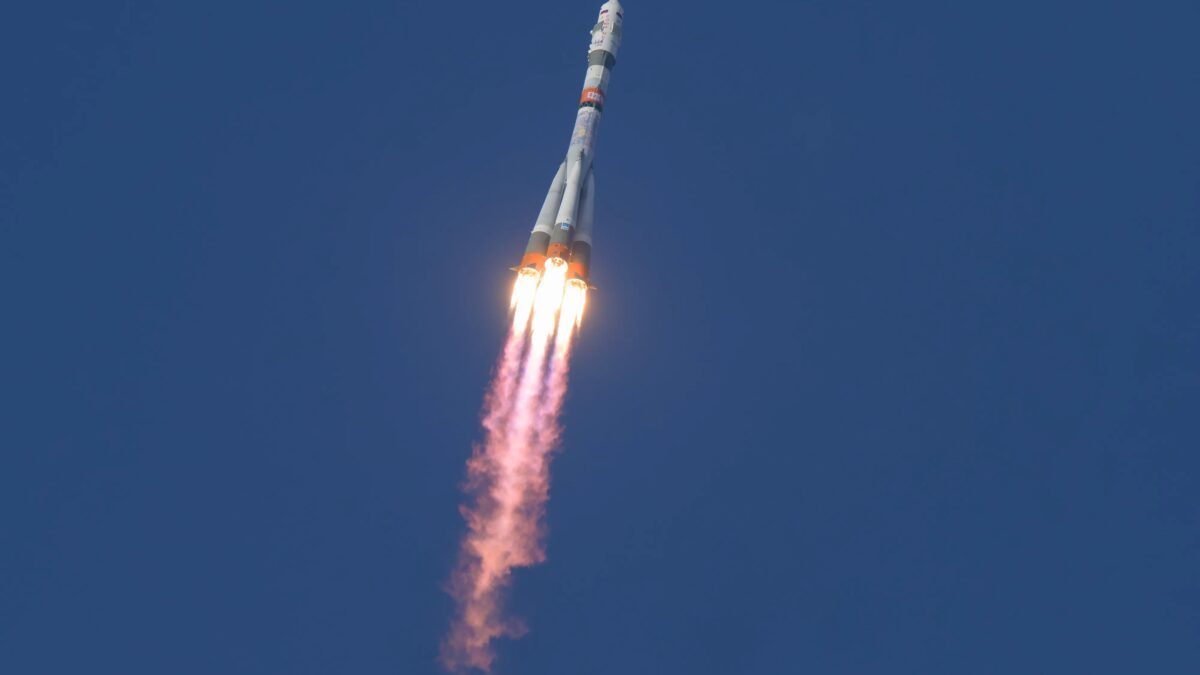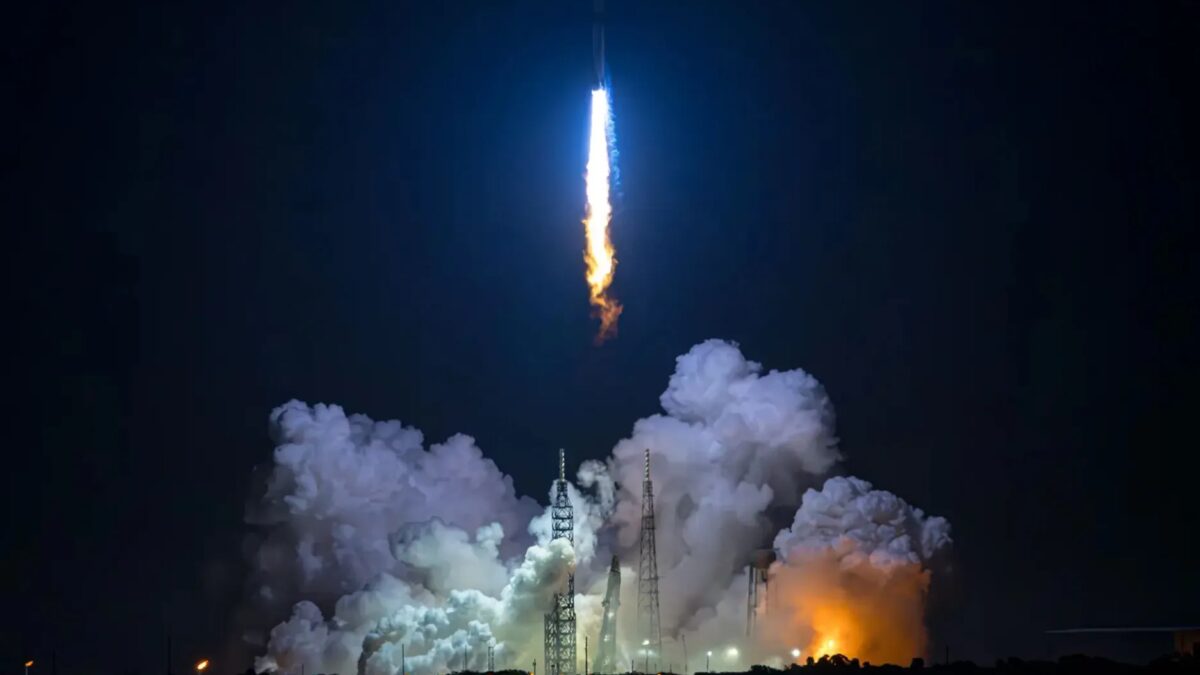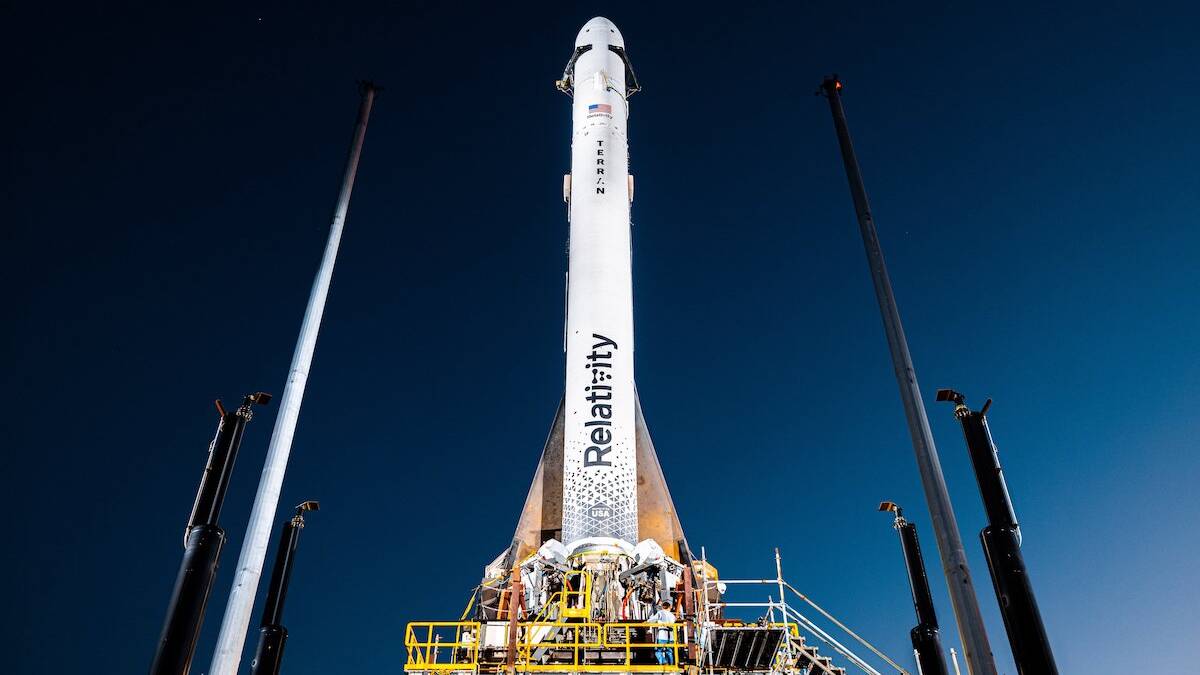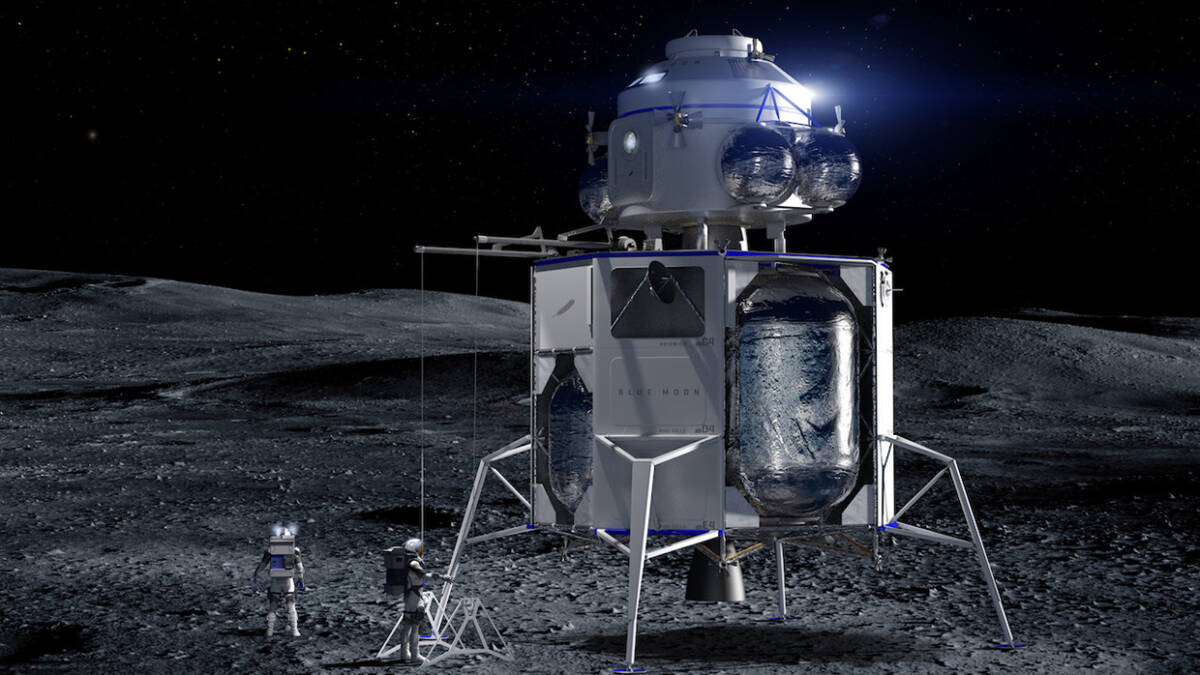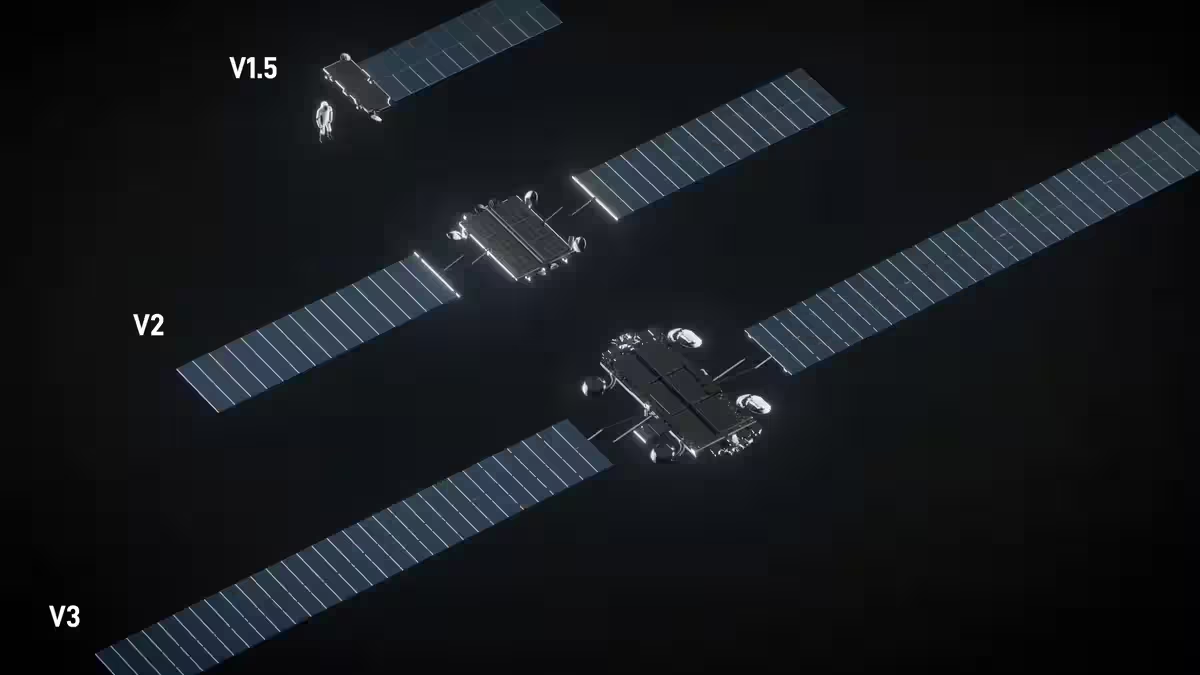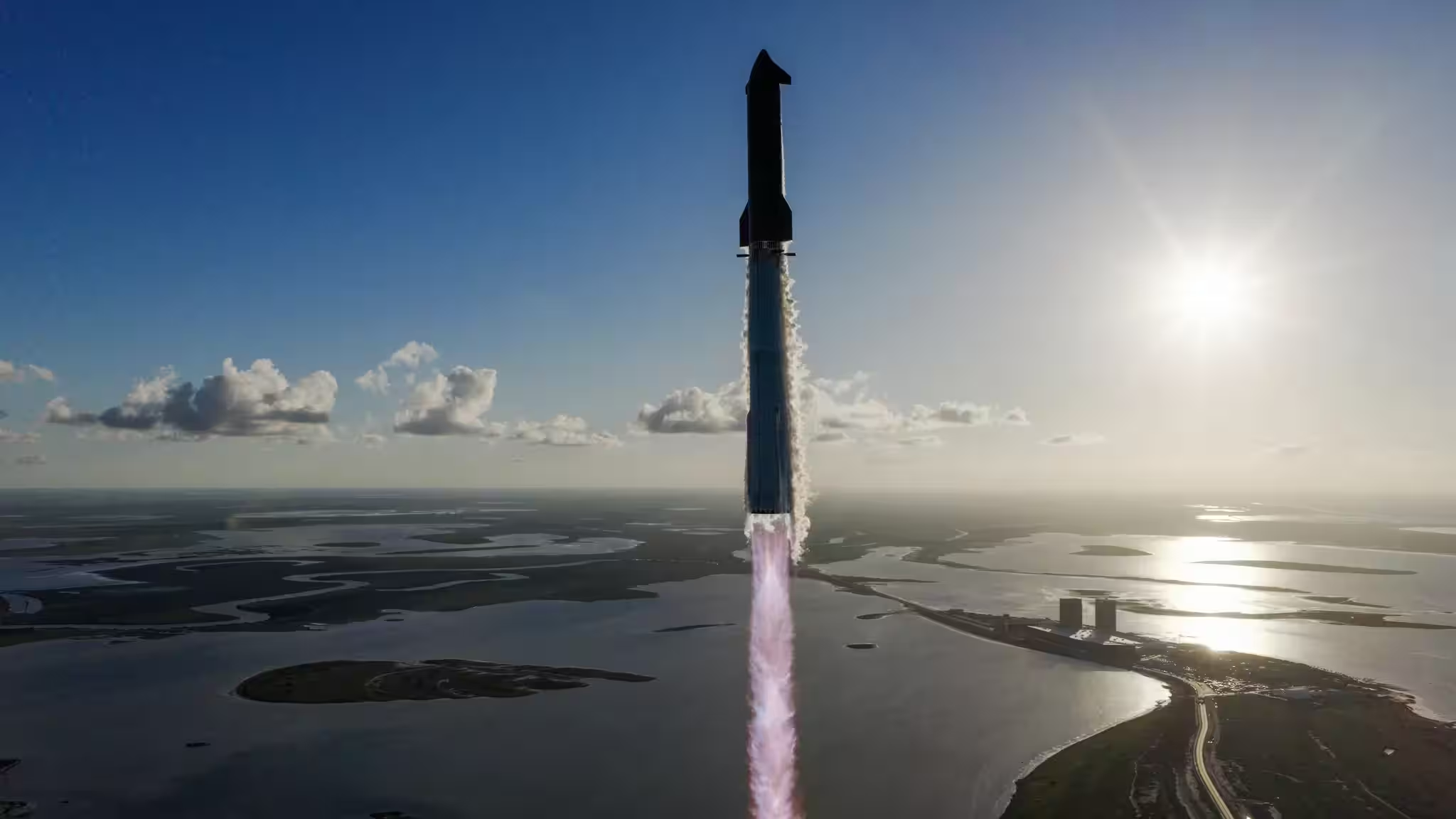Amazon has put Kuiper satellites into orbit – it’s a new competitor to Starlink
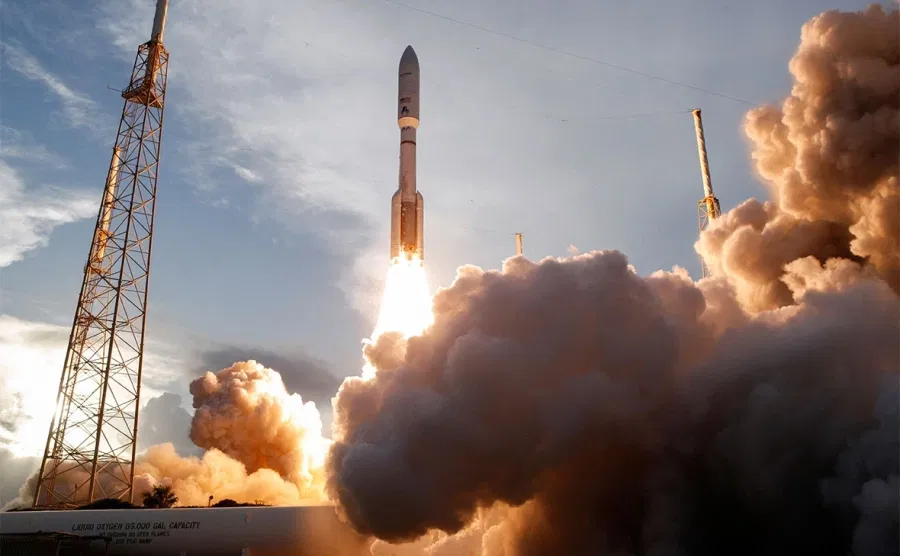
Amazon is entering the satellite internet market: the company has begun deploying Project Kuiper, a constellation designed to compete with SpaceX’s Starlink. The first 27 satellites were launched on an Atlas V rocket from Cape Canaveral.
A new space race begins: Amazon vs. SpaceX
The Kuiper project is part of Amazon’s ambitious strategy to enter the high-speed satellite internet market. Jeff Bezos’s company, which started as an online bookstore, is now a global giant in e-commerce, device development (like Echo), streaming (owner of the “James Bond” franchise) and cloud computing (Amazon Web Services).
The Kuiper project is part of Amazon’s ambitious strategy to enter the space race.
Now another is being added to those areas: space. And while Ilon Musk’s Starlink already has thousands of satellites and serves millions of users around the world, Amazon isn’t about to be left behind. The company plans to put more than 3236 satellites into orbit in the next few years, creating a full-fledged competition.
How the launch went and what was on board
The first launch attempt in April was delayed due to weather conditions, but now the mission has been successful. As part of the launch, United Launch Alliance’s Atlas V rocket placed 27 Kuiper satellites into low orbit (about 280 miles), which will later climb to an operational altitude of 393 miles.
These aren’t the project’s first satellites: Amazon already sent two prototypes to test the technology in October 2023. After the mission ended, they were de-orbited and burned up in the atmosphere. Since then, the company has upgraded all of the satellites’ key systems.
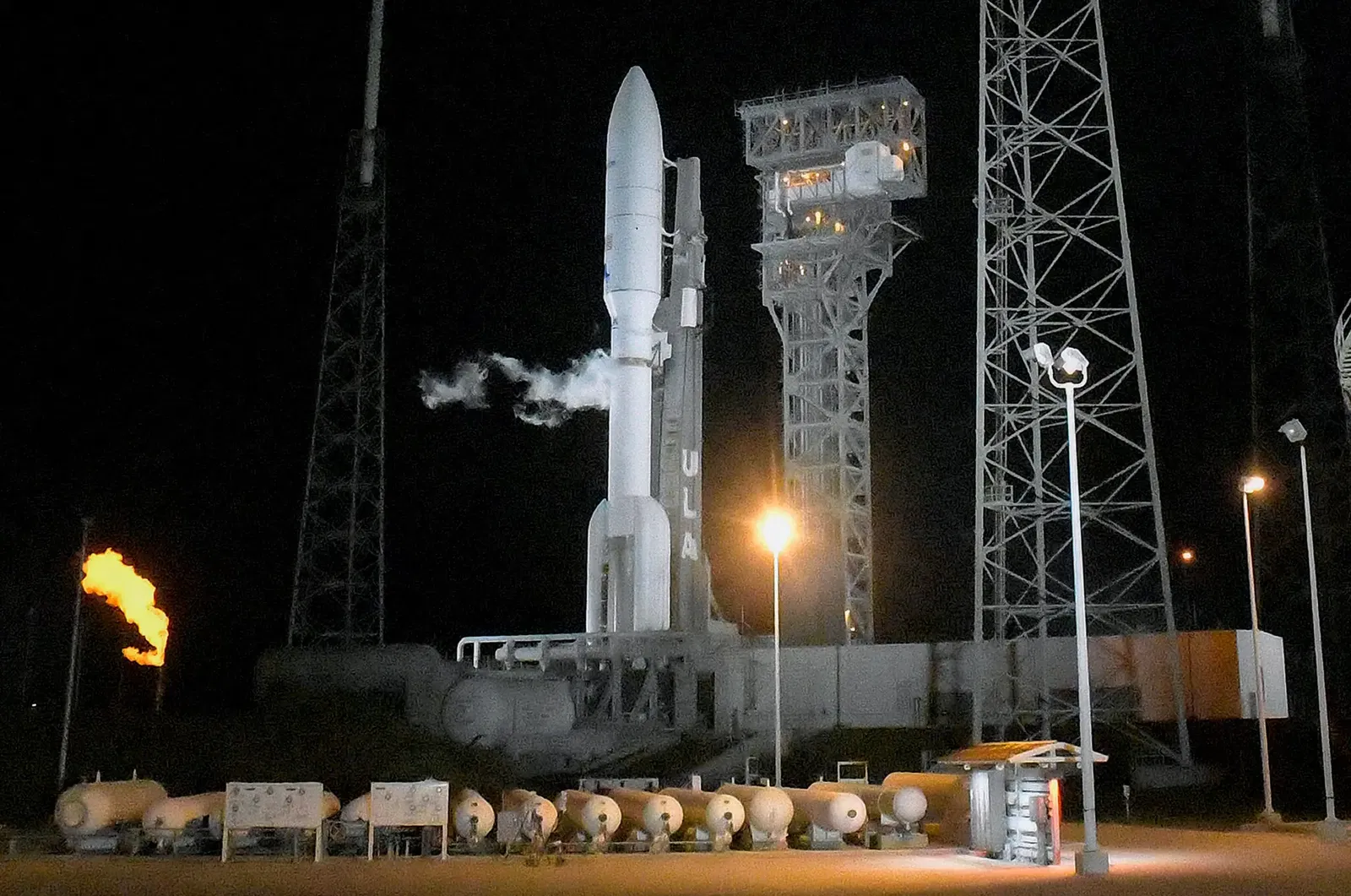
How Kuiper will work and how it differs from Starlink
The goal of Kuiper is to bring high-speed internet to virtually anywhere on the planet. Amazon plans to provide the first services in late 2025, once 578 satellites have been launched – the minimum number needed to launch the service in a limited geographic footprint.
The Kuiper project is designed not only for private users but also for the corporate sector. Thanks to its integration with Amazon Web Services, the system will be of particular interest to companies working with large amounts of data, including in the fields of satellite imagery, weather forecasting, energy and remote infrastructure management (e.g. offshore drilling platforms or wind farms).
The signal from the satellites will be transmitted through ground stations connected to the AWS cloud infrastructure for fast processing and data transfer.
What it takes to run such a system
Amazon’s project will not only need to put thousands of satellites into orbit, but also hundreds of ground stations around the world. A stable launch schedule is also important – without enough rockets available, the project could stall.
Amazon’s project will need to launch thousands of satellites into orbit, as well as hundreds of ground stations around the world.
According to its FCC license, Amazon is required to put at least half of its satellites (about 1,600) by July 30, 2026. If the company shows real progress, a postponement is possible.
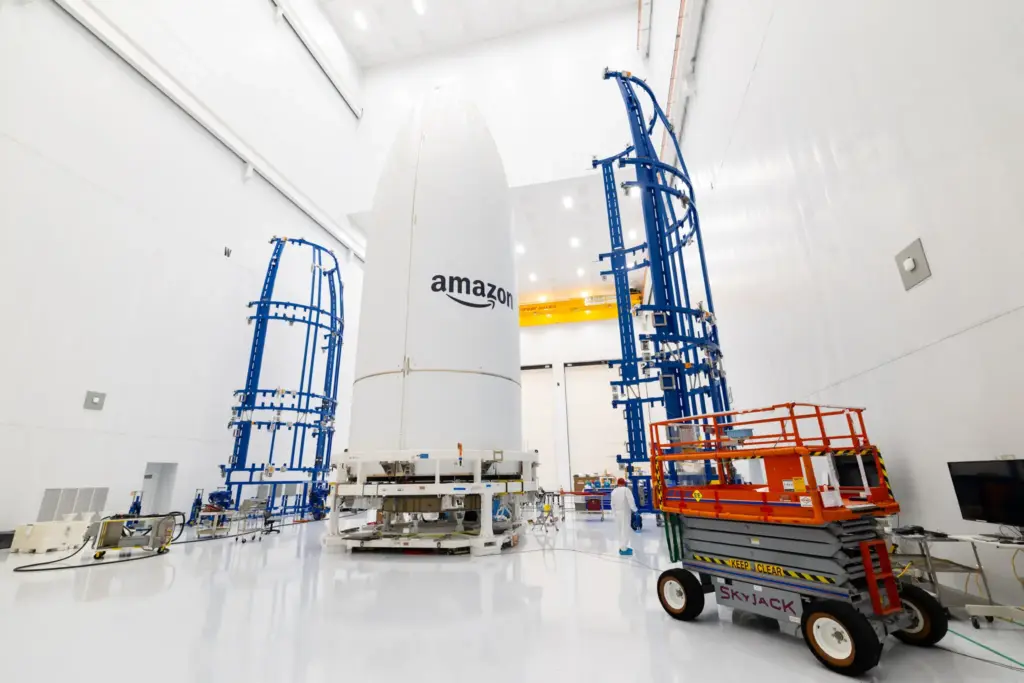
Kuiper Perspectives: why Amazon needs it all
The demand for stable internet outside of major cities is a global problem. Amazon says one of the project’s goals is to bring connectivity to rural and hard-to-reach areas where traditional infrastructure isn’t feasible.
Amazon says the project is designed to bring connectivity to rural and hard-to-reach areas where traditional infrastructure isn’t feasible.
But strategically, Kuiper is also about strengthening Amazon’s ecosystem. By combining cloud, connectivity, and AI computing, it creates a powerful platform that can be used by private users, large companies, and governments alike.
The story Amazon puts Kuiper satellites into orbit – it’s a new competitor to Starlink was first published on ITZine.ru.

